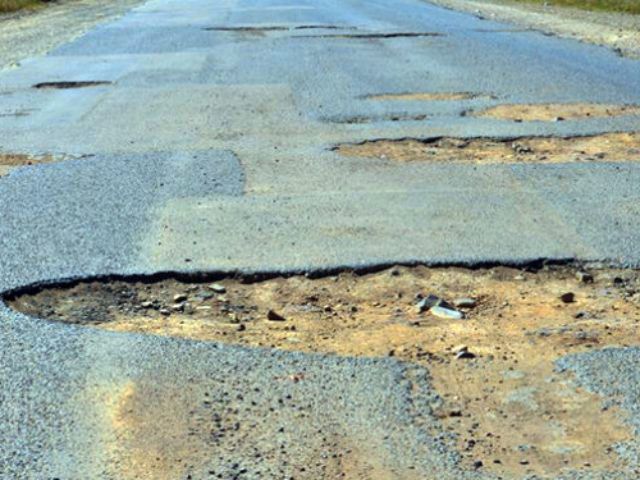[imagesource:twitter/@SAfmRadio]
In an attempt to address the notorious pothole problem on South African roads, the Gauteng Department of Roads and Transport (GDRT) embarked on an ambitious journey to develop and launch the PotholeFixGP app.
In theory – great. In practice? Not so much.
Over a year since its launch, a mere 11 025 people have downloaded the app. That’s concerning considering the hefty amount that the government forked out for this project.
The development of PotholeFixGP came at a price tag of R492 528, and is aimed to bridge the communication gap between citizens and road maintenance authorities.
The concept is relatively straightforward: users can swiftly report a pothole by using the app dashboard to, which sends the pothole’s location with relevant local road maintenance authority.
All-in-all it seems like a smart way to encourage Gauteng citizens to be part of the positive change we need for our roads, but it’s worrying that in terms of traction, the app is leaving more holes to be filled.
GDRT spokesperson Lesiba Mpya claims that a remarkable 92% of reported potholes on the app are repaired within a single day of being reported. There’s something about knowing citizens are directly involved in cleaning up our streets that seems to light a fire under the government’s a*s.
“Where we are directly responsible, we have got to demonstrate that when someone reports a pothole, it will be tended to immediately.”
While Mpya might be gushing over the new tech-driven solution, it’s easier said than done. Research is now showing that the efficacy of the system varies drastically from area to area.
How well the app works to sort out potholes appears to be vastly different depending on the authorities responsible for road maintenance. In areas under the jurisdiction of municipal authorities, such as northern and central Johannesburg, only 3 out of over 1000 reported potholes have been marked as repaired.
On top of this, Bertha Scheepers, spokesperson for the Johannesburg Roads Agency, has explained that the app is not linked in any way to the City of Johannesburg’s actual pothole repair system. That means data collected concerning potholes is not used directly with the existing frameworks meant to deal with potholes. Plus, a single pothole may end up getting logged across multiple platforms, wasting everybody’s time.
A recent reliability test on PotholeFixGP in Johannesburg by News24 saw the team visiting five sites reported on the app as having potholes. Astonishingly, four of these sites had already been repaired, contradicting the app.
This begs us to question the accuracy of the status of the remaining 7989 reported potholes, as only slightly over 1000 (approximately 13%) were marked as repaired on the app.
The investigation also discovered that often, within 100 meters of a reported pothole on the app, another pothole existed that had not been logged.
With all that being said, it’s also important to keep in mind that the pothole ‘population’ grew from 15 million to 25 million in just five years. It’s almost like they work the same way amoebas do.
Can this tech revolution really help fill up the infamous South African potholes? In theory, it’s worth trying. In reality, it’ll take a lot more from the government than throwing cash at app development.
[source:news24&dailymaverick]





